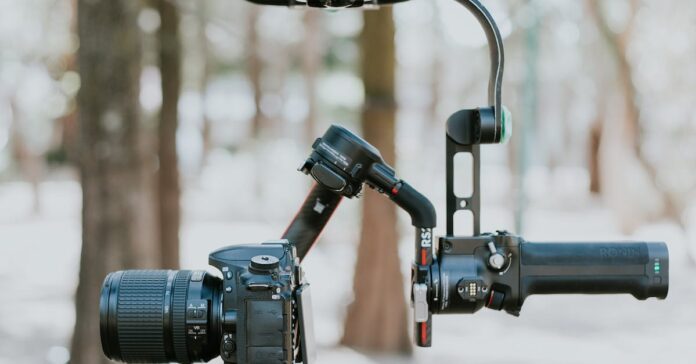Have you been feeling overwhelmed by the results of your photography sessions? The below article contains tons of advice for improving your skills in photography. They can assist you in taking higher quality pictures.
A great photography tip is to invest in a tripod. Having a tripod is very important because it will allow you to take a clear and focused picture. Don’t assume that you can take a clear picture just by using your hands. Avoid blurry pictures by getting a tripod.
If you’re doing a landscape shot, try and capture some movement in the shot. Whether it’s the wind blowing the trees or a wave crashing against the shore, capturing this movement can add an extra layer of depth to the photograph. If you’re going to try and capture movement, make sure you’ve got the shutter speed set correctly.
In photography, make sure that your main focus is on the quality and not the quantity of the pictures that you take. It is always better for you to get ten great shots than one hundred average shots in a day. Quality is always the better choice.
The number one lighting to avoid in photography is the use of your built in camera flash. Using the flash setting in your camera actually creates the dreaded red eyes and makes your subjects appear featureless shadow blobs. Only use this setting in the case of an emergency if you are left with no other choice.
Only select the best shots that you have if you are planning on showing your pictures to someone. This will help them form the highest possible opinion of you and your work, which is desirable if you are trying to land a job. Always present your best work to others.
Natural light will always provide you with the highest quality photos. Cloudy days are actually better for shooting than sunny ones, because the clouds act as a natural diffuser, spreading the light out and eliminating shadows and harsh contrasts. Opt for your next photo shoot outside on an overcast day.
Learn how to use aperture on your camera. It indicates how much of the stuff that is seen in your view finder will be in focus. Low aperture means that only the foreground will be in focus and the background will be more blurred. High aperture means that everything will equally be in focus.
A great photography tip is to always be aware of your surroundings. Don’t shut off your creative vision when you don’t have a camera nearby. You should always be looking at things and visualizing. This is a great way to stay fresh creatively and to always be inspired.
Get closer when you are taking photos. Especially when you are taking a series of shots, from which you will chose the best, get in there. The better your scene fills the frame, the better the overall picture will be. Take several shots, so you can get the nicest shot possible.
Take lots of shots. Using a digital camera allows you to take essentially an infinite number of photos for free. The more shots you take, the better your chances are of capturing that perfect moment. If your shot didn’t come out like you wanted, try again with different settings. You won’t learn if you don’t try.
Purchase a DSLR (Digital Single-Lens Reflex) camera if you want to take professional-looking photographs. When you are shopping for a camera, do not worry about how many megapixels the product has; instead, focus on the image sensor. Most professional photographers buy full-frame DSLR cameras, which take incredibly clear pictures of your subject matter.
When framing your photo, always think about the rule of thirds. This should actually be the rule of ninths, because you are envisioning your photo space into thirds both horizontally and vertically. Try to place your subject to the left or right, top or bottom, instead of dead center in the picture. This will make the viewer’s eyes move around the image instead of stareing straight into it.
Make sure your photos tell a story by leading the viewer’s eyes around the frame. Do not simply snap a photo of a scene and expect others to see in it what you did. Try to frame the picture in a way that cuts out clutter and focuses on your subject while still giving a sense of the surroundings for context.
You can make just about any subject look interesting just by adjusting the settings of your camera, capturing the shot from a different angle or using different lighting. Experiment with these techniques beforehand so you’ll be able to visualize how they’ll affect your planned shot.
Taking great photos does require a natural talent for artistry, but education is also a key factor in photography. Our advice can help you on your path to taking great pictures.

